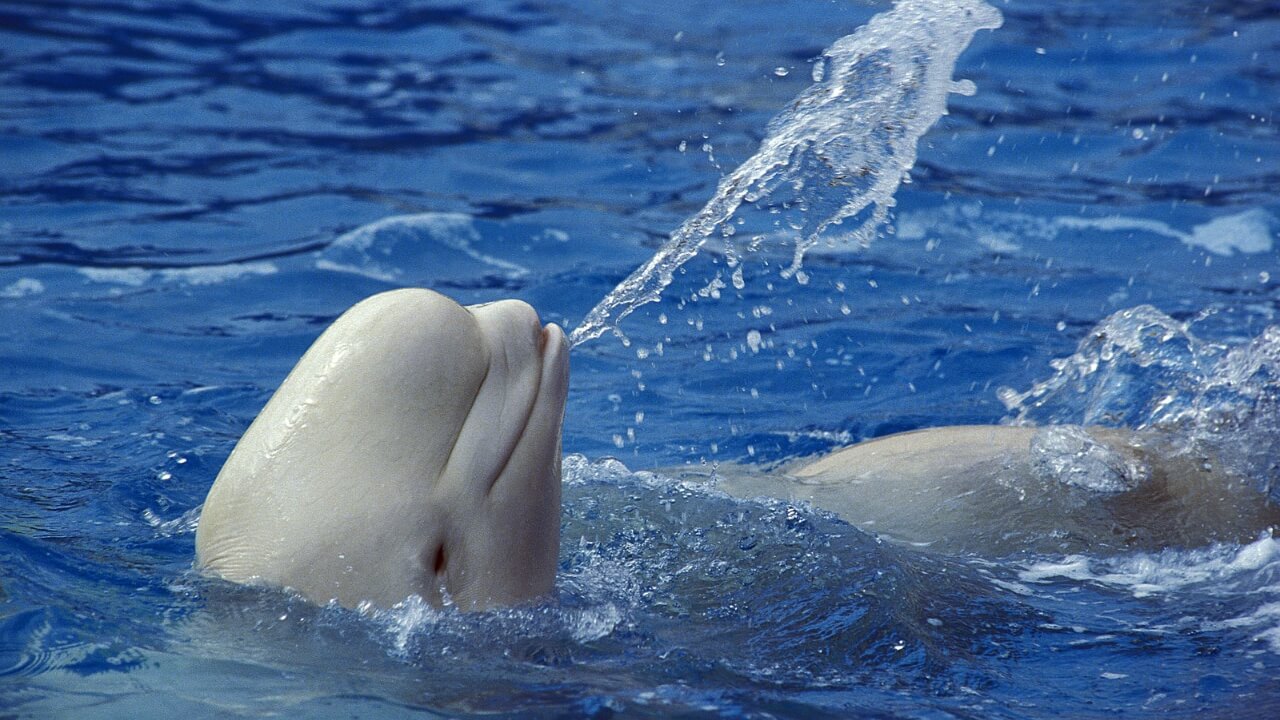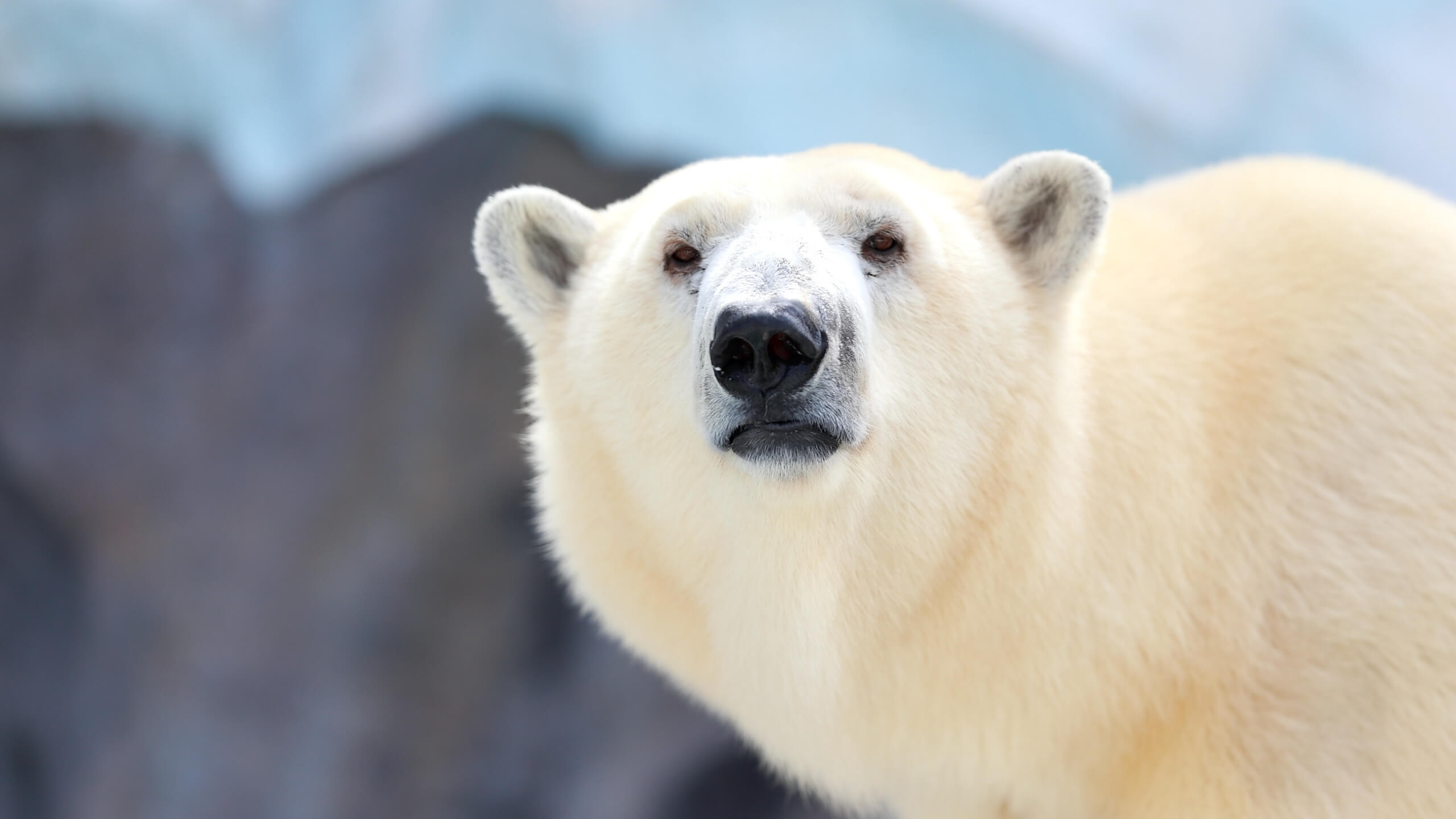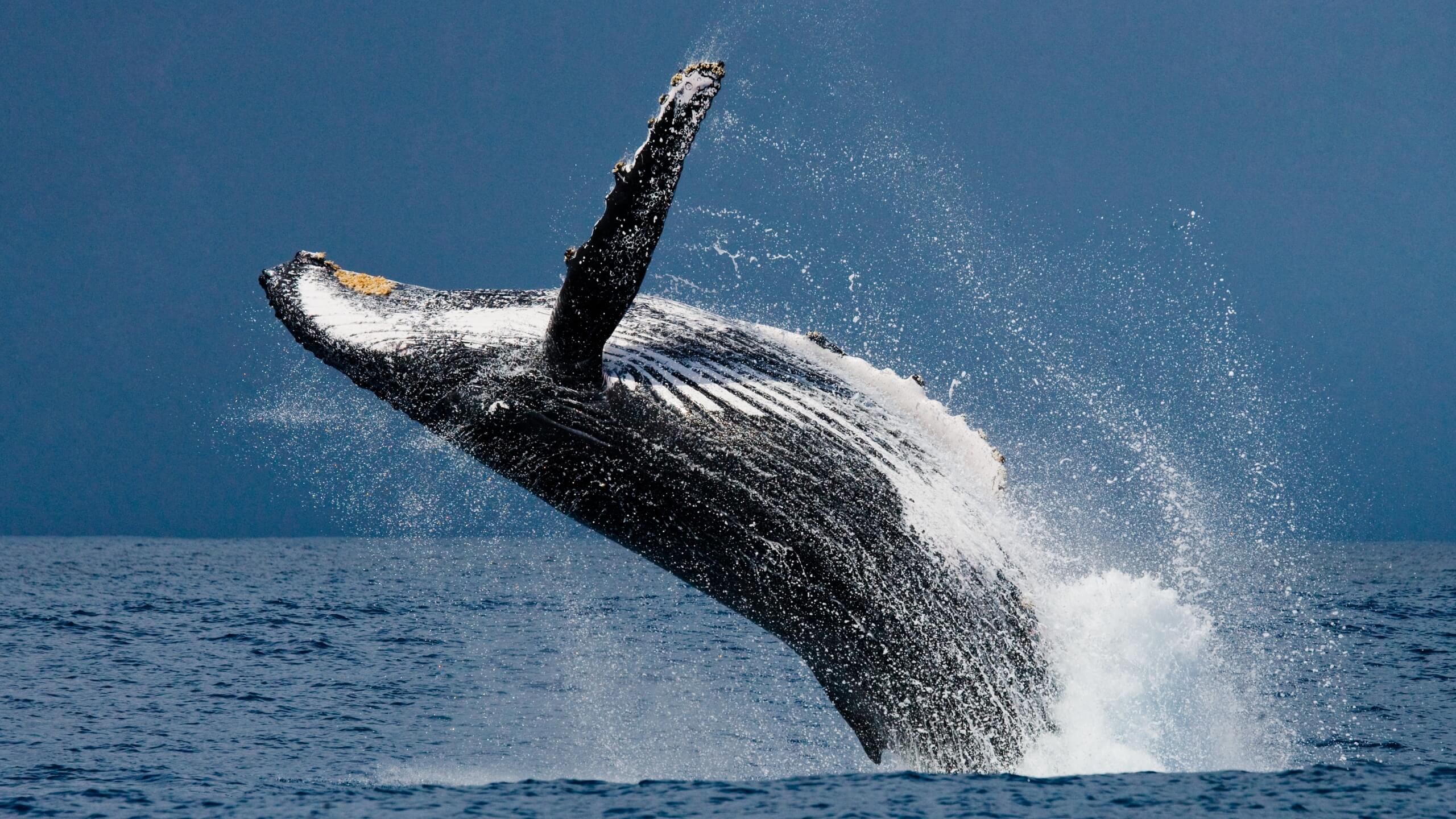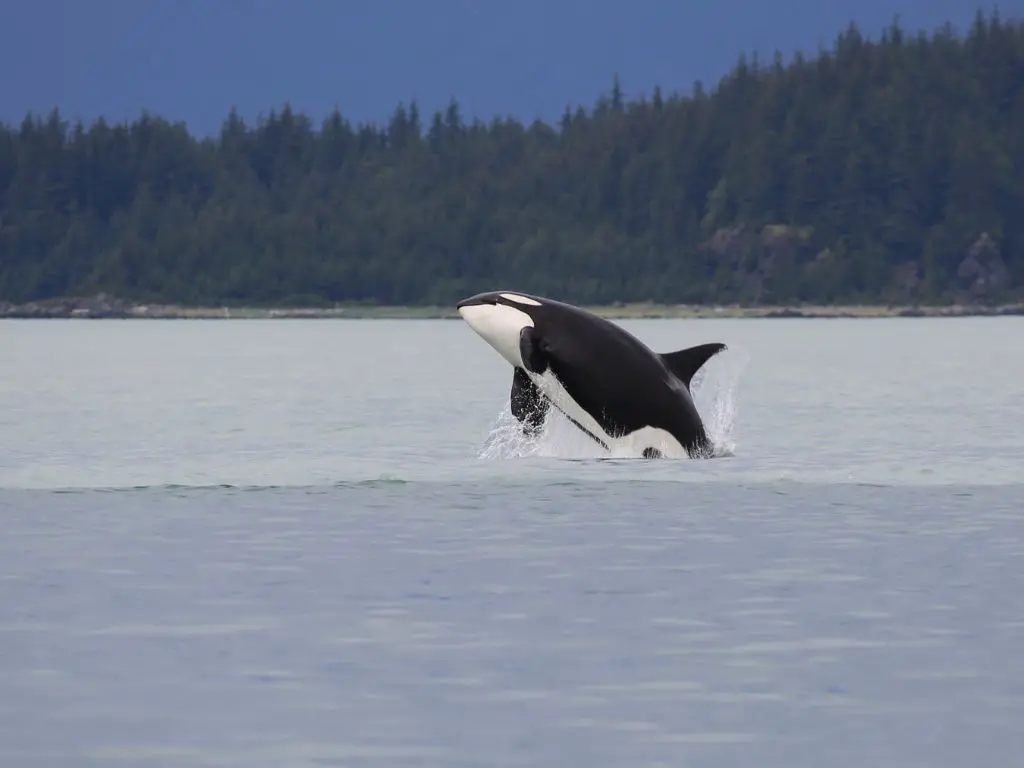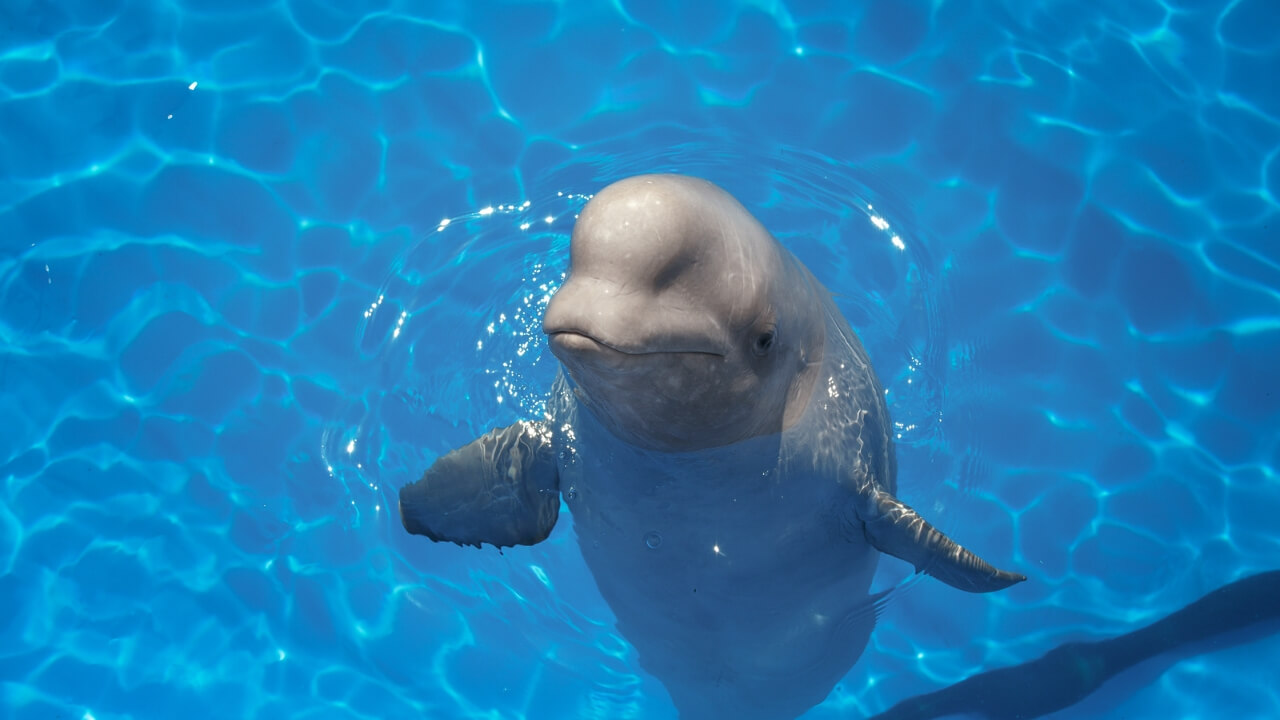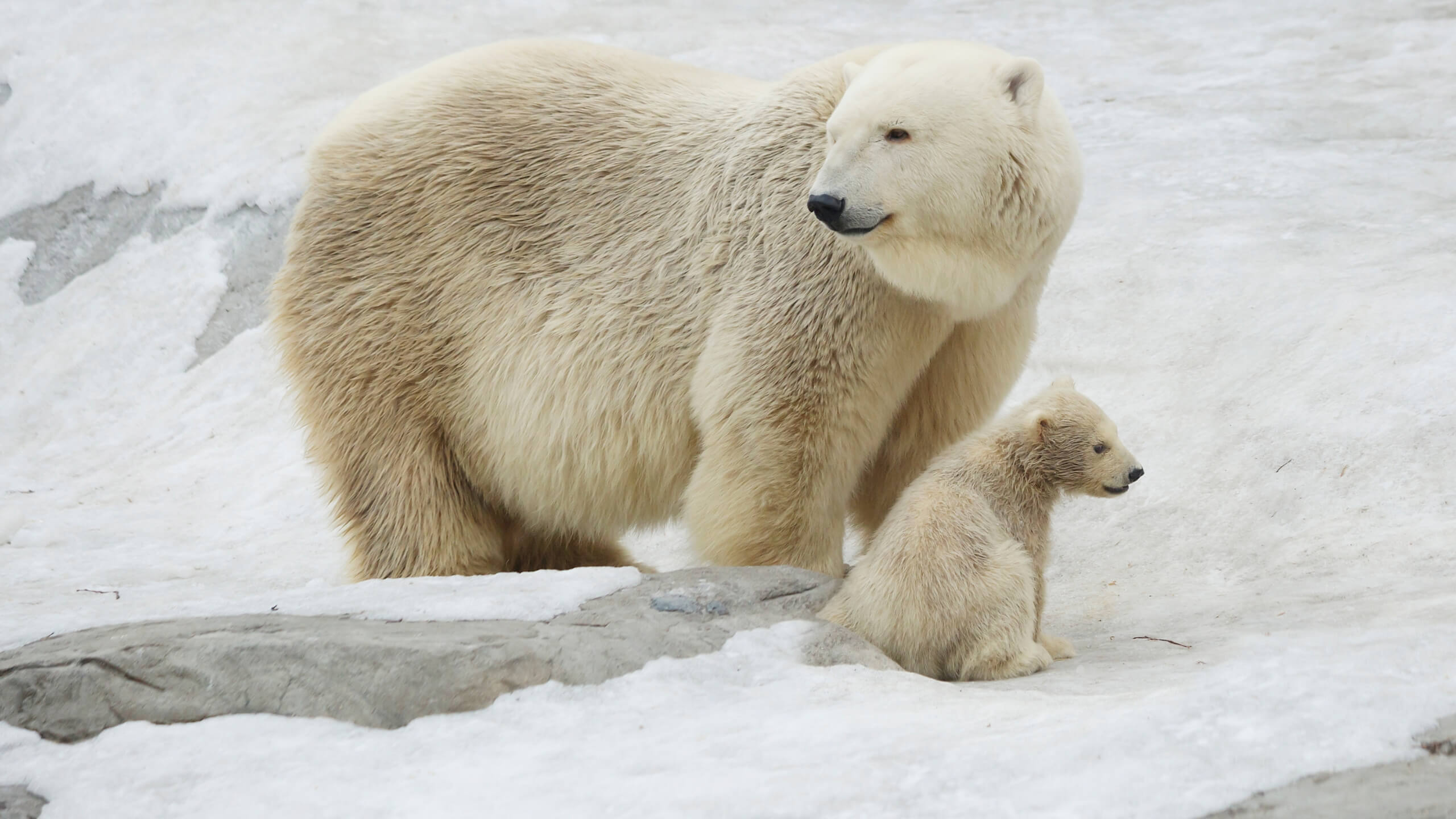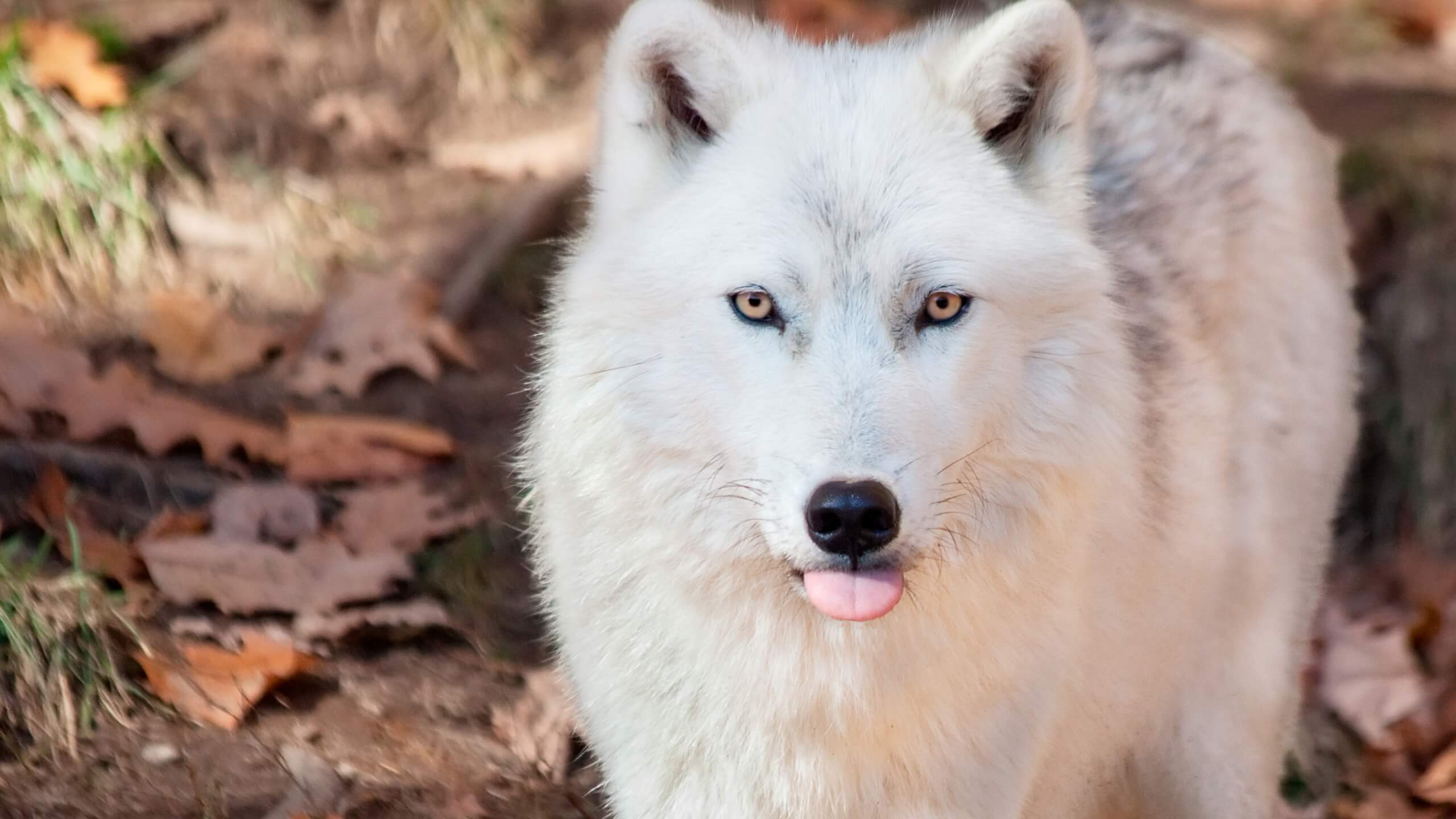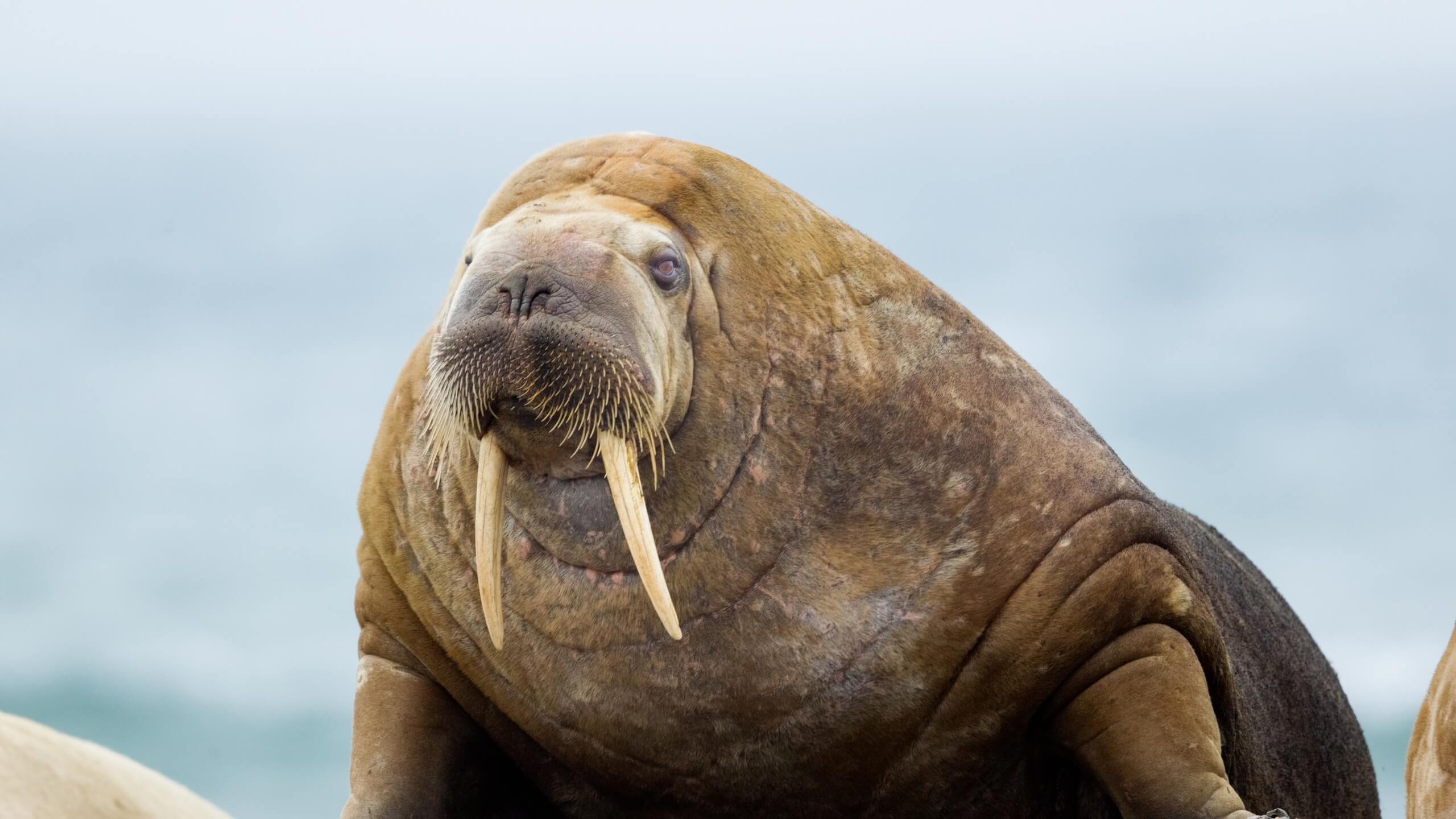Category: Biology
Are Beluga Whales Endangered? | Why Are Beluga Whales Endangered?
The beluga whale is a cetacean found in the Arctic and sub-Arctic waters. It is well-known for its distinctive white color and is also known as a white whale. Like many other animal species, human activities and climate change are causing threats to belugas. However, it is currently not an endangered species and its conservation…
Written by
Why Do Polar Bears Have Black Skin? – What Color Is A Polar Bears?
The polar bear is a well-known bear species that roams the ice sheets of the Arctic and swims in the coastal waters of that region. Polar bears look white like snow, but it is a surprising fact that they have jet-black skin beneath their white fur. Having black skin is one of the several adaptations…
Written by
Why Was The Chainsaw Invented For Childbirth?
The invention of the chainsaw is an important milestone in medical history. It has been used for a variety of purposes, but perhaps its most significant use was during childbirth. Before the advent of this revolutionary tool, midwives and doctors had to rely on primitive tools such as knives or scissors to perform difficult deliveries.…
Written by
What Do Humpback Whales Eat? – Humpback Whale Diet
Humpback whales have clever techniques to hunt their food, like jumping to catch food or using one of their strategies called Bubble-net feeding. Humpback whales primarily feed by a method called “lunge feeding“. They locate their prey, often small fish or krill, by using a variety of hunting techniques, such as bubble net feeding. Then,…
Written by
Why Are Killer Whales Going Extinct?
Orcas are mainly known as the killer whales. They are the top predator of the oceans and are the largest member of the Delphinidae, or dolphins. This iconic species in the ocean is going extinct. And the main reason behind their extinction is human-induced threats, including; pollution, overfishing, habitat loss, climate change and even captivity.…
Written by
How Long Do Beluga Whales Live? Beluga Whale Lifespan
The beluga whale is a cetacean species that inhabits the Arctic and Sub-Arctic waters. It is well-known for its unusual white color. Its average lifespan in the wild is 35 to 50 years. Unlike many other animal species, beluga whales do not do well in captivity. Therefore, they live a longer life in the wild…
Written by
How Big Is A Polar Bear? Polar Bear Size Facts
The Polar bear is a species of bear indigenous to the Arctic and surrounding regions. It roams the ice sheets of the Arctic and swims in the coastal waters. It is the biggest mammal carnivore on land as well as the largest of all bear species, though Kodiak bears sometimes rival it in size. Here,…
Written by
What Do Arctic Wolves Eat?
Arctic wolves are a subspecies of gray wolves adapted to the harsh Arctic environments of North America and Greenland. They have thick white fur to blend in with snowy surroundings. Their diet mainly consists of caribou, muskoxen, and Arctic hares, including smaller mammals like lemmings and seals when available. They are skilled hunters, working together…
Written by
What Do Walruses Eat – Walrus’s Diet Facts?
Walruses are large marine mammals that primarily feed on benthic organisms such as clams, mussels, and other mollusks. They also consume a variety of fish species including cod, salmon, halibut and flatfish. A walrus eats up to 5-6% of its body weight in food each day, which can equate to over 25 kilograms (55 pounds)…
Written by

